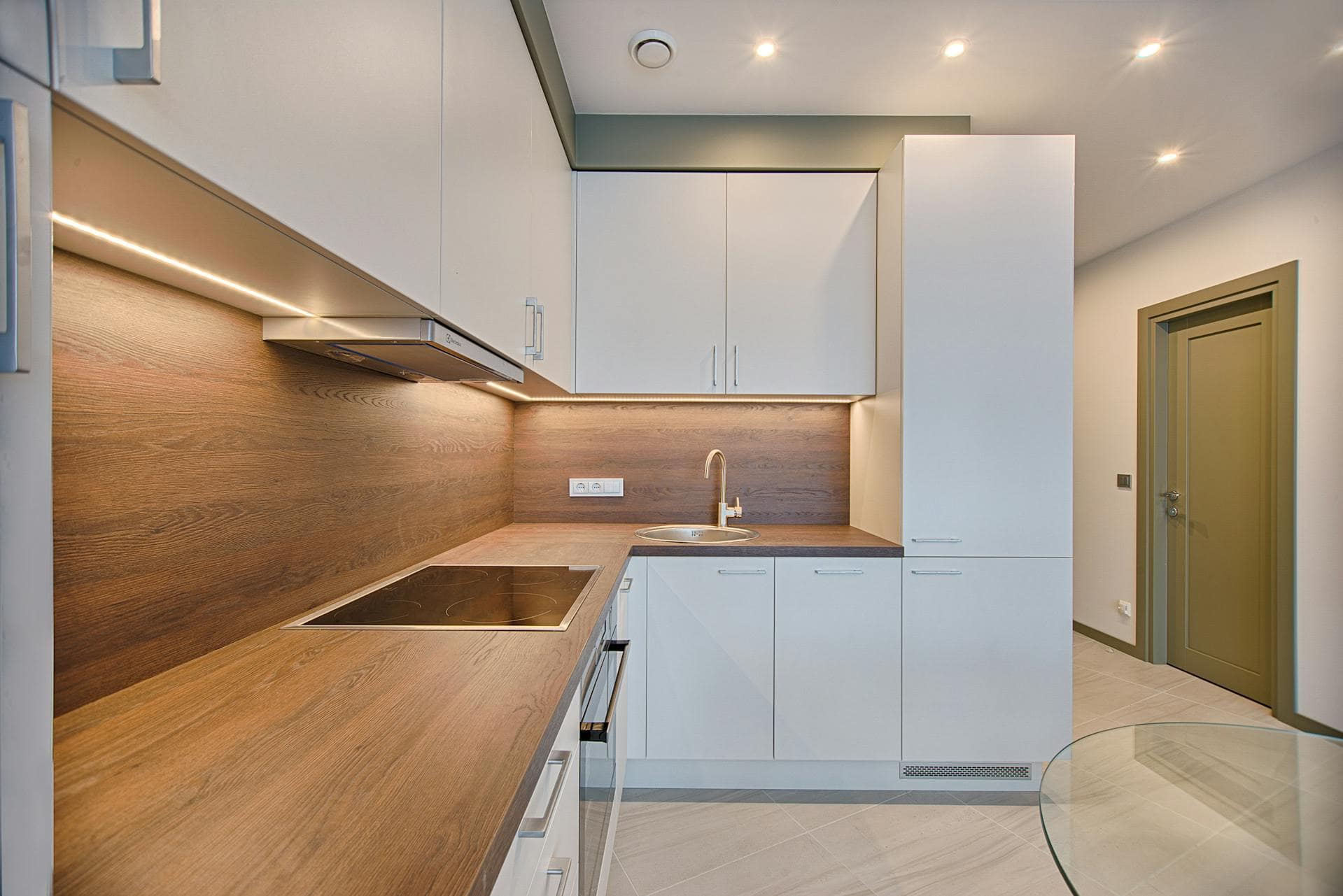
Question: What is The Rule of Thumb For Kitchen Lighting?
Answer: The rule of thumb for kitchen lighting combines ambient, task, and accent lighting. Aim for 70-80 lumens per square foot overall, with brighter task lighting (e.g., under-cabinet) directly illuminating work areas.
Illuminating Your Culinary Space: A Practical Guide to Kitchen Lighting
Good kitchen lighting transforms food preparation. It changes a functional space into an inviting hub. This guide explores the rule of thumb for kitchen lighting and provides practical tips for a well-lit and enjoyable kitchen.
Understanding Kitchen Lighting Layers
Effective kitchen lighting uses layers. These layers combine to create a balanced and functional space. You need general lighting for overall illumination, task lighting for specific work areas, and accent lighting to highlight design features.
General lighting fills the room. Recessed lights, ceiling fixtures, or a combination offer ambient illumination. Task lighting focuses on work areas. Under-cabinet lights eliminate shadows on countertops. Pendant lights above islands provide focused light for food preparation. Accent lighting adds style and highlights architectural details or decorative elements. Interior cabinet lighting or lights directed at artwork create visual interest.
Combining these layers creates a versatile lighting scheme. This scheme adapts to different needs throughout the day. A bright, functional space for cooking becomes a warm, inviting area for dining.
Click here to learn more about Blue Kitchen Refacing
Related Article: Is Led Lighting Good For a Kitchen?
Related Article: What Type of Lighting is Best For a Kitchen?
Task Lighting: Illuminating Work Zones
Task lighting improves visibility and safety in key work areas. Focus this lighting on countertops, sinks, and stovetops. Under-cabinet lighting eliminates shadows. It makes chopping vegetables and reading recipes easier. Pendant lights above islands provide focused light for cooking and other tasks.
Consider adjustable task lighting. This allows you to direct light where needed. Install lights on separate switches. This provides control over individual work areas. Choose lighting fixtures that complement your kitchen’s style. Match finishes with existing hardware or appliances.
Effective task lighting minimizes eye strain. It reduces the risk of accidents during food preparation. It also creates a more pleasant and efficient work environment.
Accent Lighting: Enhancing Visual Appeal
Accent lighting adds a decorative touch. It highlights architectural features and artwork. Interior cabinet lighting showcases dishware. Toe-kick lighting adds a subtle glow. It creates a sense of spaciousness. Accent lighting also helps establish the overall mood of the kitchen.
Use dimmer switches for accent lighting. This lets you adjust the brightness. You can create different ambiances for various occasions. Low-voltage lighting offers energy efficiency and design flexibility. LED strip lights install easily under cabinets or inside shelving.
Well-placed accent lighting elevates your kitchen’s design. It transforms it from a functional workspace into a stylish and welcoming space.
Choosing the Right Fixtures and Bulbs
Select fixtures that complement your kitchen’s style. Consider size, shape, and finish. Pendant lights work well above islands. Recessed lights provide general illumination. Flush-mount fixtures suit lower ceilings.
LED bulbs offer energy efficiency and long lifespans. They also produce less heat than traditional incandescent bulbs. Choose color temperature carefully. Warm white (2700-3000K) creates a cozy atmosphere. Cool white (4000-5000K) provides a brighter, more energizing feel. Daylight (5000-6500K) mimics natural light. It’s ideal for task areas.
The right fixtures and bulbs create both function and style in your kitchen. They contribute to the overall aesthetic and create the desired ambiance.
Creating a Cohesive Lighting Plan
Develop a lighting plan before you begin any electrical work. Consider the location of work areas, appliances, and seating. Plan for a mix of general, task, and accent lighting. This ensures a balanced and functional space.
Consult a qualified electrician. They can help you determine the correct wiring and placement of fixtures. A professional can ensure your lighting plan meets safety codes. They can also offer advice on energy-efficient options.
A well-planned lighting scheme enhances your kitchen’s functionality and aesthetic appeal. It creates a welcoming and practical space for cooking, dining, and gathering.
A well-lit kitchen enhances functionality and ambiance. By understanding the rule of thumb and layering your lighting, you can create a space that is both beautiful and practical. This guide helps you achieve the perfect balance of light and style in your culinary haven. [ 1 ]
References
1. https://www.rona.ca/en/workshop/tips/kitchen-lighting/

Blue Malue Get in touch with Blue here.
